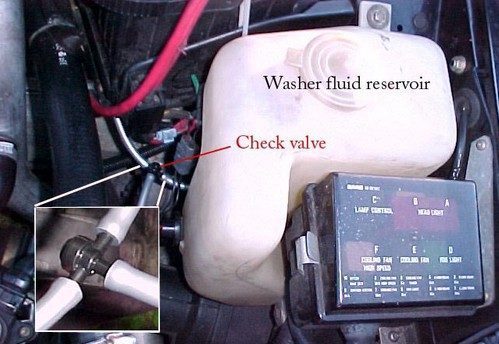How to Check Your Windshield Washer Fluid Level Guide
Don’t you think it’s time for you to replace your windshield washer fluid? When you go out for driving, there will be dust and pollution everywhere around you. And even if there are no such problems, some other unexpected things can occur which may make the windshield worse. It should always be clean – only then you’ll be able to enjoy each and every moment of your driving. Here we’ll tell you why and how to replace your windshield washer fluid. The steps that we are going to tell you are easy, but do keep track of things seriously.
Steps:-
Step 1: First of all, you should park your car in a place where the road is leveled and flat. And this is to allow the engine of your car to cool down – actually it would be the engine bay that will be cooling down. After that, simply open the hood.

Step 2: Once you have opened the hood, check inside, for windshield washer fluid reservoir. It would be a white colored tank -so finding it won’t be a daunting task for you at all.
Step 3: The windshield washer fluid reservoir would be a transparent tank, through which you’ll be able to see markings – after viewing which you’ll be getting an idea regarding – whether to replace it or not. If the markings show that – it’s below the half level, and then it’s better to replace the windshield fluid or simply refill the reservoir with fluid.
Step 4: Now, make sure that the reservoir is not having any kind of leakage or cracks. While you replace the fluid, make sure that you are with the right kind of fluid. If you are unsure about something while mixing the different ingredients, you can go through your vehicle’s manual, or simply consult someone who is more experienced than you in this regard.
Step 5: Now, it’s time to top-up the reservoir with the fluid that you have got with you. You can use a funnel in order to make sure that you do not waste the fluid. After filling the reservoir with the fluid, just make sure once again that it is fully filled and not just partially filled. After that you can replace the cap of the reservoir.
Step 6: Now, it’s time for testing what we have done so far. Turn on your car and test the windshield – note the difference in the amount of fluid coming out from it.




